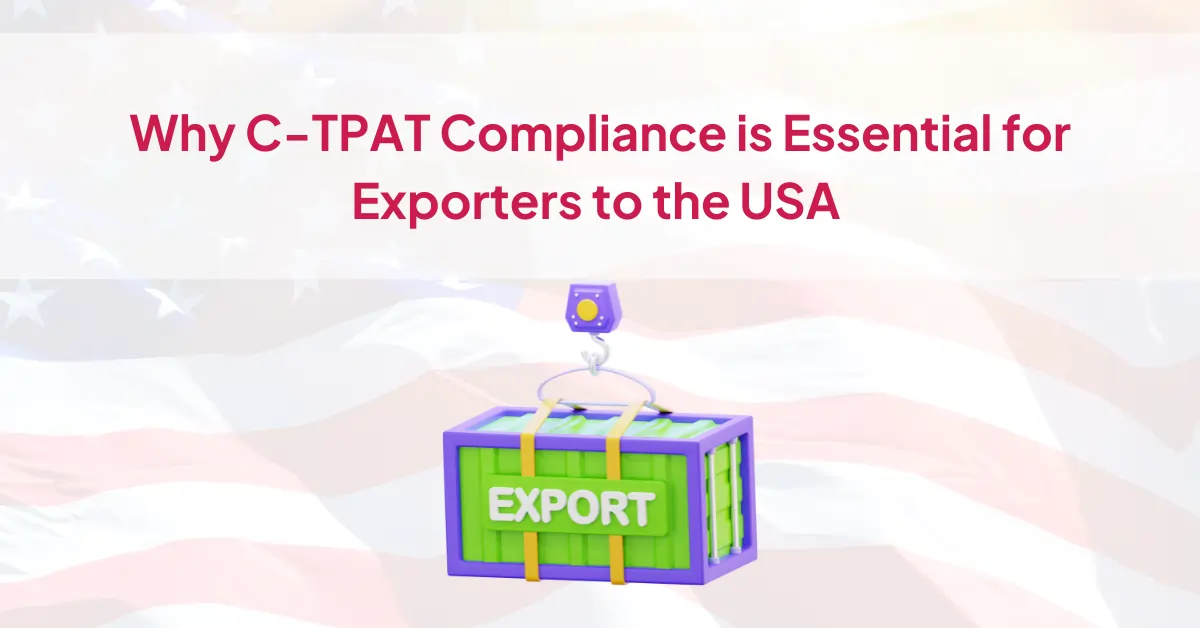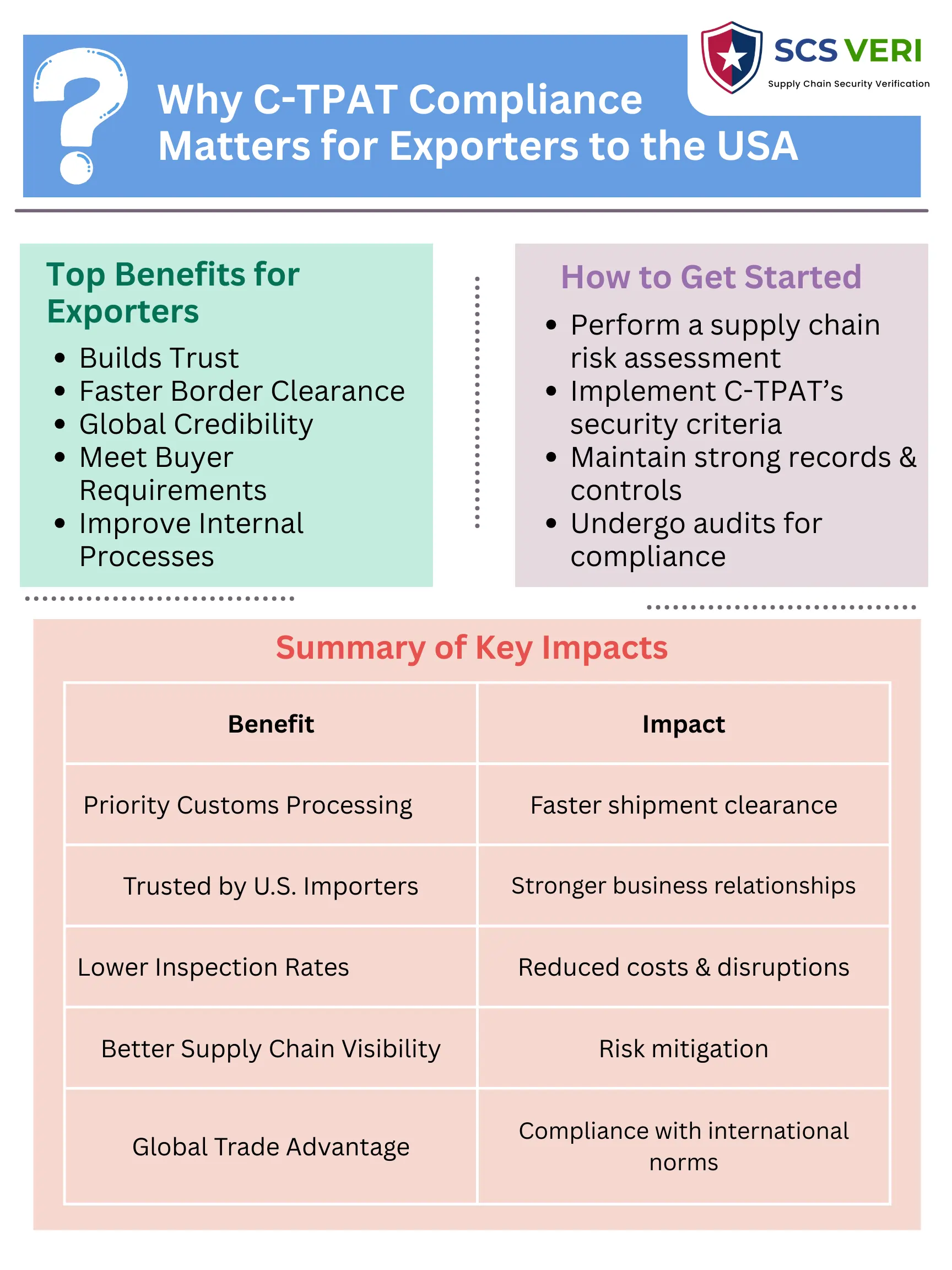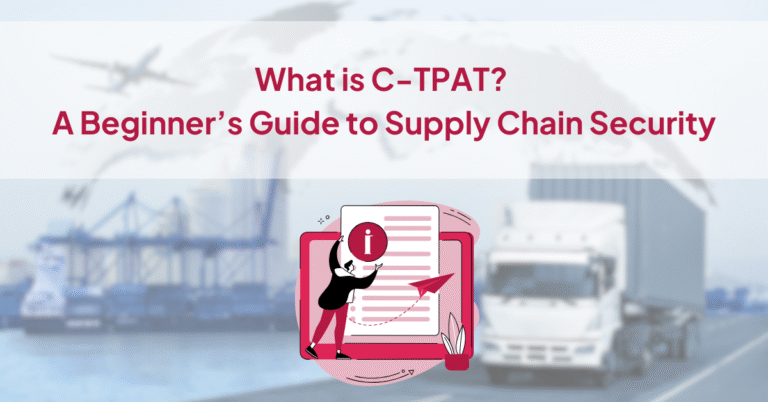
In the competitive world of global trade, especially when targeting the U.S. market, supply chain security is not just a formality—it’s a strategic necessity. For exporters aiming to build credibility, reduce customs-related delays, and establish long-term partnerships with American buyers, remaining C-TPAT compliant is becoming increasingly vital.
But why is C-TPAT compliance so important for exporters? Let’s explore the business advantages and long-term value this U.S. Customs and Border Protection (CBP) program offers.
What is C-TPAT?
C-TPAT (Customs-Trade Partnership Against Terrorism) is a voluntary supply chain security program initiated by CBP. It encourages importers, exporters, manufacturers, and logistics providers to adopt high-level security practices across their trade operations.
While it is not mandatory, C-TPAT Program offers exporters the ability to demonstrate that their facilities follow robust international supply chain security protocols.
Why C-TPAT Matters Specifically for Exporters to the USA
The U.S. government places high importance on national security and the protection of its borders. Exporters seeking access to American ports or working with U.S. importers need to ensure their operations are secure, transparent, and reliable.
Here’s why C-TPAT compliance has become a game-changer for exporters:
Exporters in High-Risk Regions Benefit Even More
If your operations are based in regions classified as higher risk by CBP, having C-TPAT compliance can significantly ease the scrutiny you face at customs. U.S. authorities are more likely to trust C-TPAT compliant businesses from such regions, facilitating easier trade entry.
How Exporters Can Get Started
To become C-TPAT compliant, exporters must:
- Conduct a risk assessment of their supply chain
- Implement controls based on C-TPAT’s minimum security criteria
- Maintain clear records and policies for site security, partner vetting, IT security, etc.
- Undergo C-TPAT audits to confirm their compliance
This process demonstrates a proactive approach to securing cargo from origin to destination.
Key Benefits Recap
Here’s a snapshot of how C-TPAT certification benefits exporters to the U.S.:
Benefit
- Priority processing at U.S. customs
- Enhanced credibility with U.S. importers
- Reduced inspection frequency
- Risk mitigation
- Risk mitigation
Impact
- Faster cargo clearance
- Easier business development
- Lower delays and costs
- Stronger supply chain visibility
- Alignment with international standards

Final Thoughts
For exporters aiming to expand in the American market, C-TPAT compliance isn’t just a badge—it’s a business enabler. It unlocks smoother customs interactions, boosts your standing with U.S. buyers, and reinforces your position as a reliable, security-conscious trade partner.
Need Help Navigating the C-TPAT Compliance Process?
RSJ Inspection offers independent audit/assessment services and objective evaluations to help you understand desired C-TPAT compliance level and your current level of compliance to address gaps if any.

